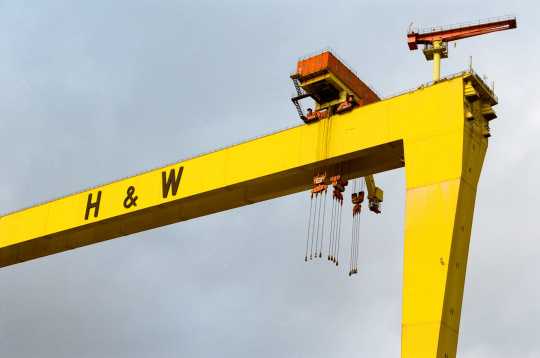Regulatory compliance is a crucial aspect of manufacturing operations, as failing to adhere to relevant laws and regulations can lead to severe consequences such as fines, lawsuits, and damage to a company’s reputation. Navigating regulatory compliance in manufacturing can be a complex and challenging task, but with the right approach and strategies in place, companies can ensure that they are meeting all necessary requirements and operating in a compliant manner.
One of the first steps in navigating regulatory compliance in manufacturing is to understand the regulatory landscape that applies to your specific industry. Different sectors of manufacturing are subject to different sets of regulations, whether they are related to environmental protection, health and safety, product quality, or any other aspect of operations. It is essential to conduct research and stay informed about the regulatory requirements that your company must comply with, as ignorance of the law is not a valid defense.
Once you have a clear understanding of the regulatory requirements that apply to your manufacturing operations, the next step is to establish internal processes and procedures to ensure compliance. This may involve creating a compliance team or appointing a compliance officer who is responsible for overseeing regulatory compliance within the organization. It is important to communicate the importance of compliance to all employees and provide training and resources to help them understand their role in meeting regulatory requirements.
In addition to internal processes and procedures, it is also crucial to establish relationships with regulatory agencies and industry associations that can provide guidance and support on compliance matters. These organizations can help you stay current on regulatory changes and best practices, and may also offer training programs and resources to help you meet compliance requirements.
Another important aspect of navigating regulatory compliance in manufacturing is to conduct regular audits and inspections to ensure that your operations are in compliance with all relevant laws and regulations. Audits can help you identify areas of non-compliance and take corrective action before they escalate into more serious problems. It is also a good idea to document all compliance efforts and maintain thorough records of your compliance activities, as this can help demonstrate to regulators that you are taking compliance seriously.
In addition to internal audits, it is also important to engage in third-party audits and certifications to validate your compliance efforts. Third-party audits can provide an objective assessment of your compliance status and help build trust with customers, suppliers, and other stakeholders. Certifications such as ISO standards can also demonstrate your commitment to compliance and quality management.
When it comes to product compliance, manufacturers must ensure that their products meet all relevant safety and quality standards. This may involve conducting product testing, obtaining certifications, and labeling products with appropriate information such as hazard warnings and safety instructions. It is also important to keep abreast of changing regulations and standards, as failure to comply with these requirements can result in costly recalls and damage to a company’s reputation.
In addition to product compliance, manufacturers must also consider environmental compliance in their operations. This may involve addressing issues such as air and water pollution, waste management, and energy efficiency. Companies must ensure that they are in compliance with environmental regulations, as failing to do so can result in fines and legal action. Implementing sustainable practices and investing in environmentally friendly technologies can not only help companies meet regulatory requirements but also reduce their environmental footprint and improve their reputation.
One of the challenges of navigating regulatory compliance in manufacturing is the constant evolution of regulations and standards. Regulations are subject to change due to factors such as advances in technology, shifts in public opinion, and incidents that highlight the need for stronger regulations. It is important for manufacturers to stay informed about these changes and adapt their compliance strategies accordingly. This may involve working with industry associations, attending conferences and seminars, and engaging with regulatory agencies to stay current on regulatory developments.
In conclusion, navigating regulatory compliance in manufacturing requires a proactive and comprehensive approach that involves understanding regulatory requirements, establishing internal processes and procedures, engaging with regulatory agencies and industry associations, conducting regular audits and inspections, and staying informed about regulatory changes. By taking a proactive approach to compliance, manufacturers can reduce the risk of non-compliance and ensure that they are operating in a manner that is safe, sustainable, and legally compliant. Compliance is not just a legal requirement – it is also a key component of business success, as customers, investors, and other stakeholders increasingly expect companies to demonstrate their commitment to ethical and responsible business practices. By prioritizing compliance and integrating it into every aspect of operations, manufacturers can build a strong foundation for long-term success and sustainability.


